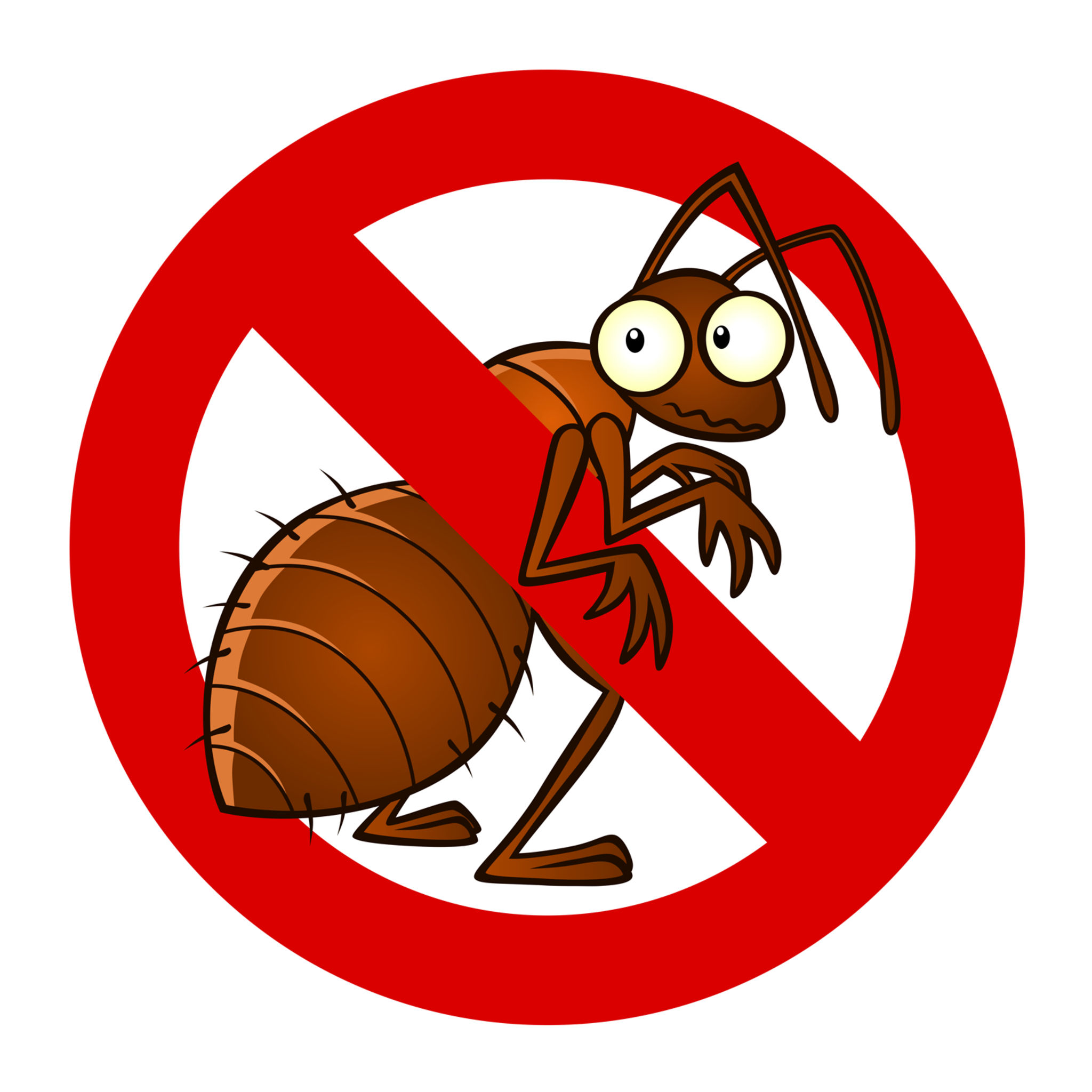Reliable A1 Bed Bug Treatment in Charlotte - Safe and Proven Techniques
Wiki Article
Bed Bug Treatment Break Down: Contrasting Chemical Vs. Non-Chemical Solutions
In the world of parasite control, particularly when handling the persistent concern of bed insects, the option between chemical and non-chemical treatment services can be a critical one. Both strategies offer distinctive benefits and downsides, influencing variables such as effectiveness, security considerations, and overall expense. By analyzing the nuanced details of each approach, a clearer understanding of which path to seek in resolving a bed insect problem can be obtained.Performance of Chemical Treatments
Chemical treatments for bed bug problems have actually been widely acknowledged for their quick and potent efficacy in getting rid of these pests. When considering the performance of chemical therapies, it is crucial to understand that they can supply a quick and extensive option to a bed bug issue.In addition, chemical therapies have the advantage of providing residual effects, implying that they can proceed to eliminate bed insects even after the preliminary application. This residual action is particularly beneficial in combating any prospective re-infestations. Furthermore, the fast activity of chemical therapies can bring relief to individuals facing extreme bed pest problems, permitting them to reclaim control of their home swiftly.
Security Issues With Chemical Solutions
When making use of chemical remedies for bed insect treatment is guaranteeing the safety of passengers and the setting,One critical facet that needs cautious consideration. While chemical therapies can be reliable in eradicating bed insects, they might present dangers otherwise dealt with properly. One of the key safety and security interest in chemical services is the possible harm they can trigger to human health. Exposure to particular chemicals made use of in bed pest treatments can cause respiratory concerns, skin irritation, or various other negative reactions, particularly in individuals with pre-existing problems or level of sensitivities. Furthermore, incorrect application or dose of chemical pesticides can cause harmful deposits remaining in the cured area, posturing long-term health threats to passengers.Furthermore, the ecological effect of chemical options is another considerable consideration. Some chemicals made use of in bed bug treatments may be dangerous to advantageous insects, wildlife, and environments if they seep right into the soil or water supply. It is vital to utilize chemical therapies deliberately, following security standards, and taking into consideration much less harmful choices to mitigate these risks and make sure the efficient and secure administration of bed insect invasions.
Benefits of Non-Chemical Methods
Considering the possible safety and security issues and ecological impact connected with chemical remedies for bed insect therapy, checking out non-chemical methods provides a promising option with numerous distinctive benefits. Non-chemical treatments are ecologically pleasant, More Bonuses as they do not contribute to air or water pollution, making them a sustainable choice for insect control.Furthermore, non-chemical options can be efficient in targeting bed bugs, consisting of hard-to-reach locations where chemical treatments might not penetrate. Techniques such as warmth therapy, vacuuming, steam cleansing, and cushion encasements provide comprehensive obliteration without using harmful chemicals. Furthermore, non-chemical techniques can be less turbulent, requiring marginal preparation and enabling quicker reentry into dealt with locations. In general, choosing non-chemical bed pest treatment techniques not only prioritizes safety and security and ecological defense but additionally ensures detailed and reliable parasite control.
Limitations of Non-Chemical Treatments

In addition, non-chemical treatments frequently call for several applications to accomplish effective elimination. This can be lengthy and may not constantly assure full elimination of all bed bugs and their eggs, especially in surprise or hard-to-reach areas.
In addition, the success of non-chemical therapies greatly relies upon proper implementation and thoroughness, which can be challenging for individuals without specialist know-how. Insufficient application of non-chemical browse around these guys techniques may cause incomplete obliteration, resulting in consistent problems and the demand for added treatments.
Therefore, while non-chemical therapies have their benefits, it is crucial to acknowledge these limitations and consider them when establishing one of the most effective technique for taking care of bed bug infestations.
Expense Contrast: Chemical Vs. Non-Chemical Options
Given the limitations linked with non-chemical treatments, a vital aspect to evaluate in the context of bed pest monitoring is the price contrast between chemical and non-chemical options. In comparison, non-chemical therapies like heat treatment or vapor can be more pricey, with expenses varying from $1,000 to $6,000 for a whole home. While the preliminary cost of chemical treatments may seem reduced, multiple treatments may be called for to fully get rid of the problem, possibly raising the overall cost.Final Thought

Considering the potential security problems and ecological effect connected with chemical options for bed bug treatment, discovering non-chemical approaches offers an encouraging alternative with several distinctive advantages.Offered the limitations connected with non-chemical treatments, an essential aspect to assess in the context of bed insect management is the expense contrast between chemical and non-chemical choices. In contrast, non-chemical treatments like heat therapy or vapor can be extra pricey, with expenses varying from $1,000 to $6,000 for a whole home. While the first price of chemical treatments may seem lower, numerous treatments might be required to totally eliminate the invasion, potentially enhancing the overall expense.In conclusion, when contrasting chemical and non-chemical bed insect therapy options, it is crucial to think about effectiveness, security, benefits, limitations, and cost.
Report this wiki page